Entry Category: Architecture
aka: Old Art Building (Arkansas Tech University)
Glenwood Iron Mountain Railroad Depot
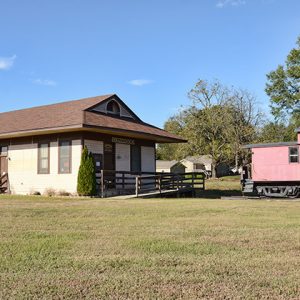 Glenwood Iron Mountain Railroad Depot
Glenwood Iron Mountain Railroad Depot
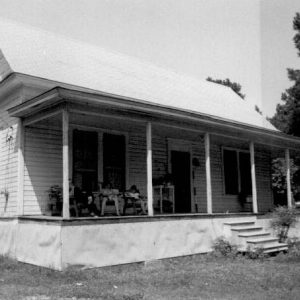 Goodgame House
Goodgame House
 Goodgame House Outbuilding
Goodgame House Outbuilding
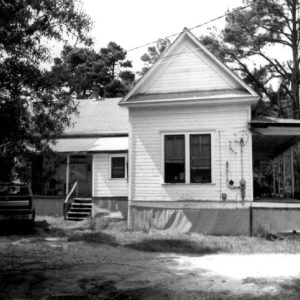 Goodgame House Side View
Goodgame House Side View
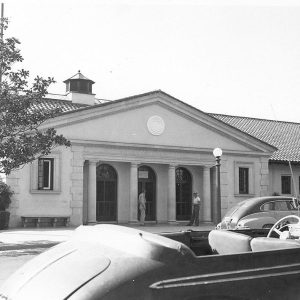 Government Free Bathhouse
Government Free Bathhouse
Government Free Bathhouse
Governor’s Mansion
aka: Arkansas Governor's Mansion
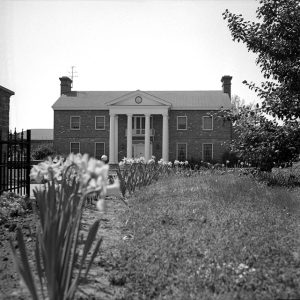 Governor's Mansion
Governor's Mansion
 Governor's Mansion Gate
Governor's Mansion Gate
Greene County Courthouse (1888)
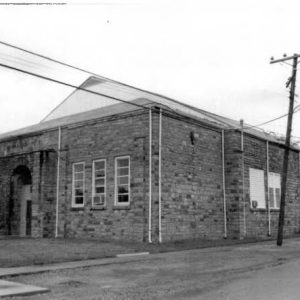 Greenwood Gymnasium
Greenwood Gymnasium
Greenwood Gymnasium
aka: Old Rock Gym
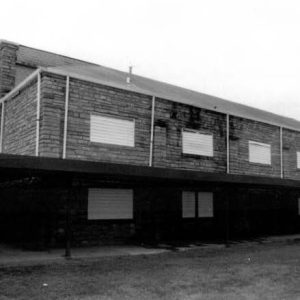 Greenwood Gymnasium Rear View
Greenwood Gymnasium Rear View
Griffin Auto Company Building
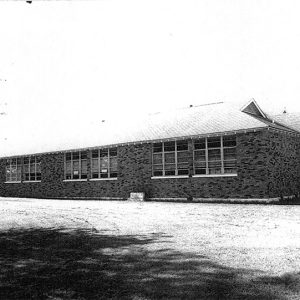 Griffithville School
Griffithville School
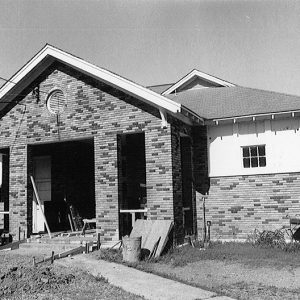 Griffithville School Entrance
Griffithville School Entrance
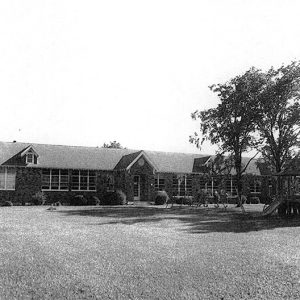 Griffithville School Grounds
Griffithville School Grounds
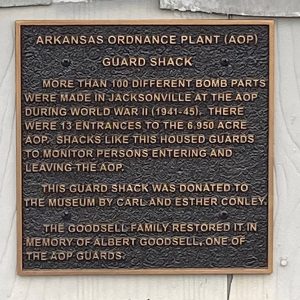 Guard House Plaque
Guard House Plaque
Gurdon Jail
Gustave B. Kleinschmidt House
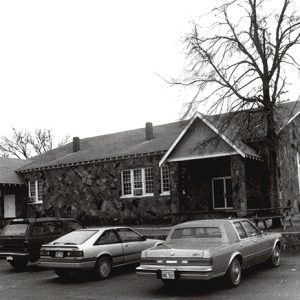 Guy High School Gymnasium
Guy High School Gymnasium
Guy High School Gymnasium
 Guy Home Economics Building
Guy Home Economics Building
Guy Home Economics Building
 H. J. Gingles Building
H. J. Gingles Building
H. M. Anderson House
Habicht-Cohn-Crow House
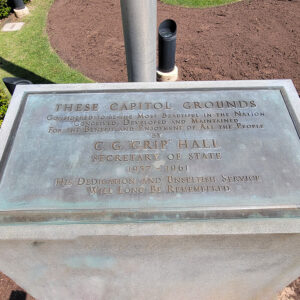 Hall Plaque at Capitol
Hall Plaque at Capitol
Hampton Waterworks
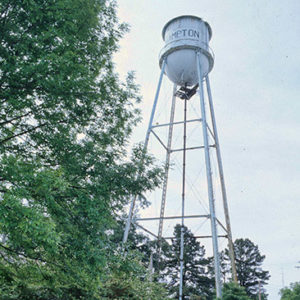 Hampton Waterworks
Hampton Waterworks
 Hanger House
Hanger House
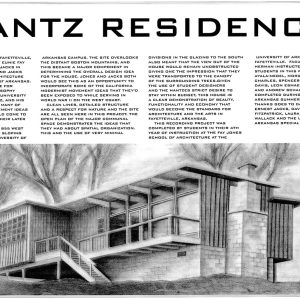 Hantz House
Hantz House
 Dexter Harding House
Dexter Harding House
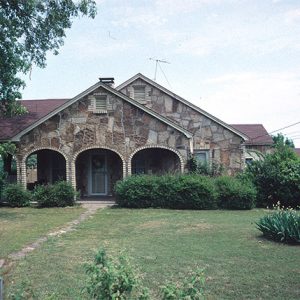 Wilbur and Mary Harrington House
Wilbur and Mary Harrington House
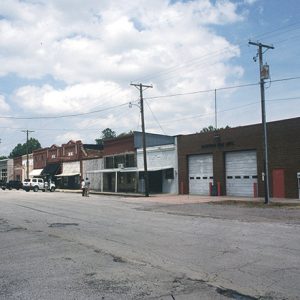 Hartford Commercial Historic District
Hartford Commercial Historic District
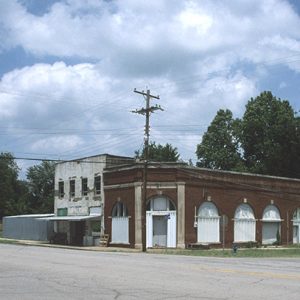 Hartford Commercial Historic District
Hartford Commercial Historic District
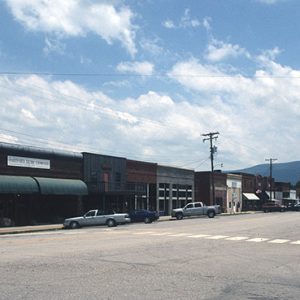 Hartford Commercial Historic District
Hartford Commercial Historic District
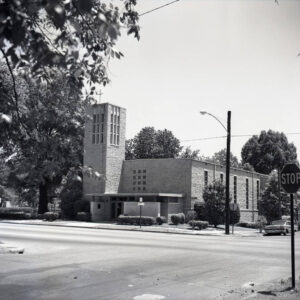 Harvey Hicks Memorial Baptist Church
Harvey Hicks Memorial Baptist Church
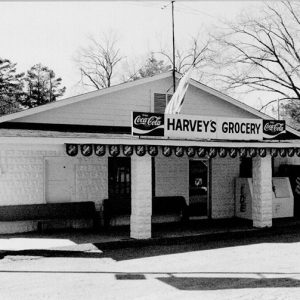 Harvey's Grocery and Texaco Station
Harvey's Grocery and Texaco Station
Harvey’s Grocery and Texaco Station
Headquarters House Museum
aka: Tebbetts House
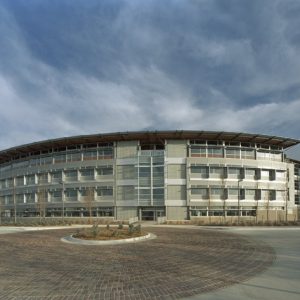 Heifer Project International World Headquarters
Heifer Project International World Headquarters
Helena Depot
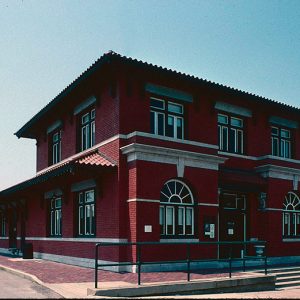 Helena Depot
Helena Depot
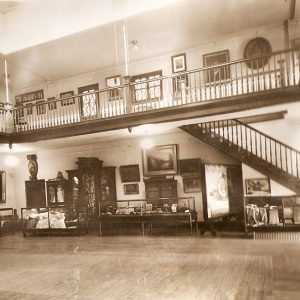 Helena Museum Interior: 1938
Helena Museum Interior: 1938
 Helena Museum Interior: 2021
Helena Museum Interior: 2021
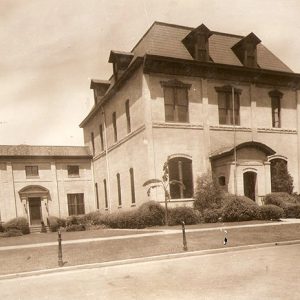 Helena Museum of Phillips County
Helena Museum of Phillips County




